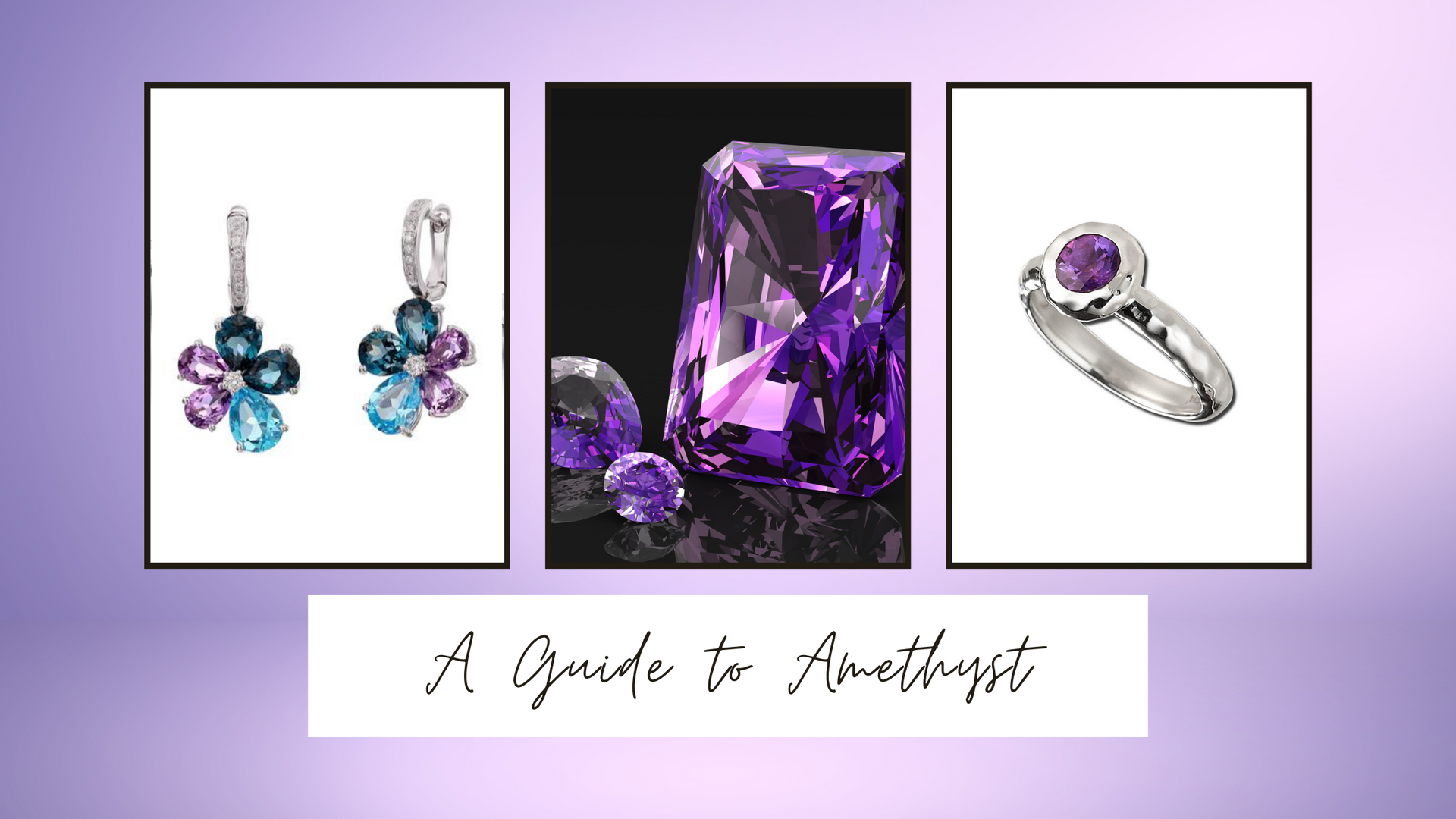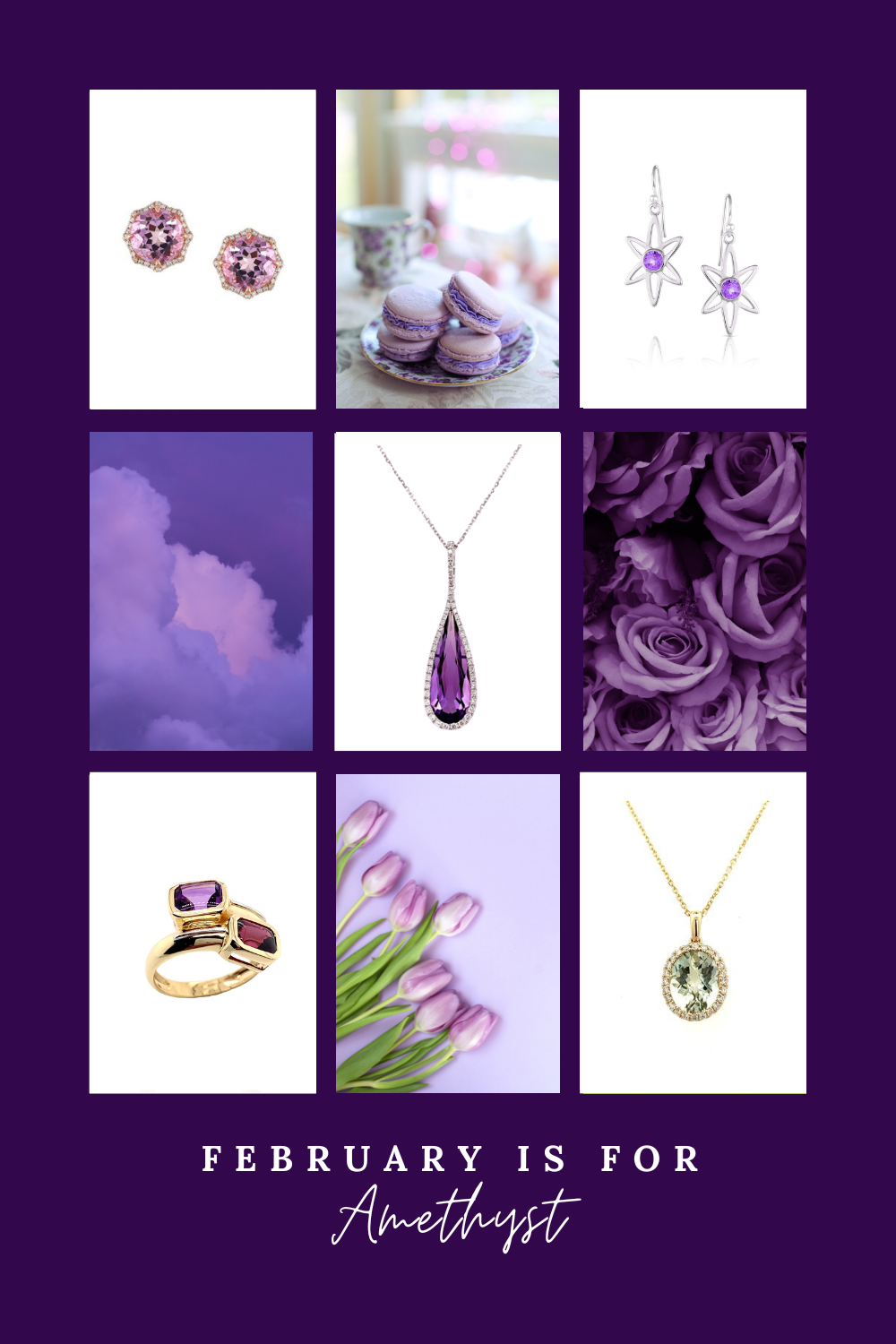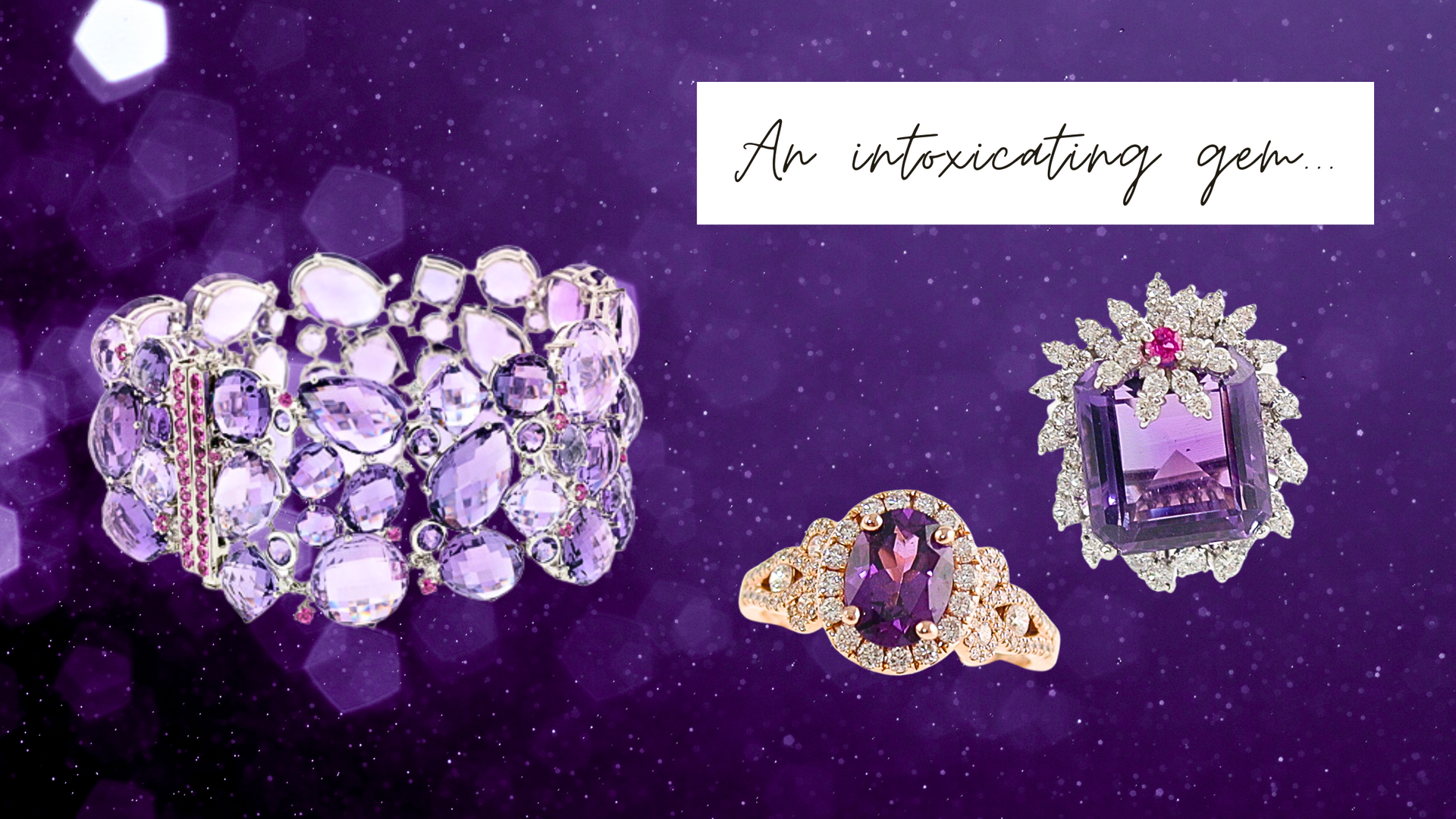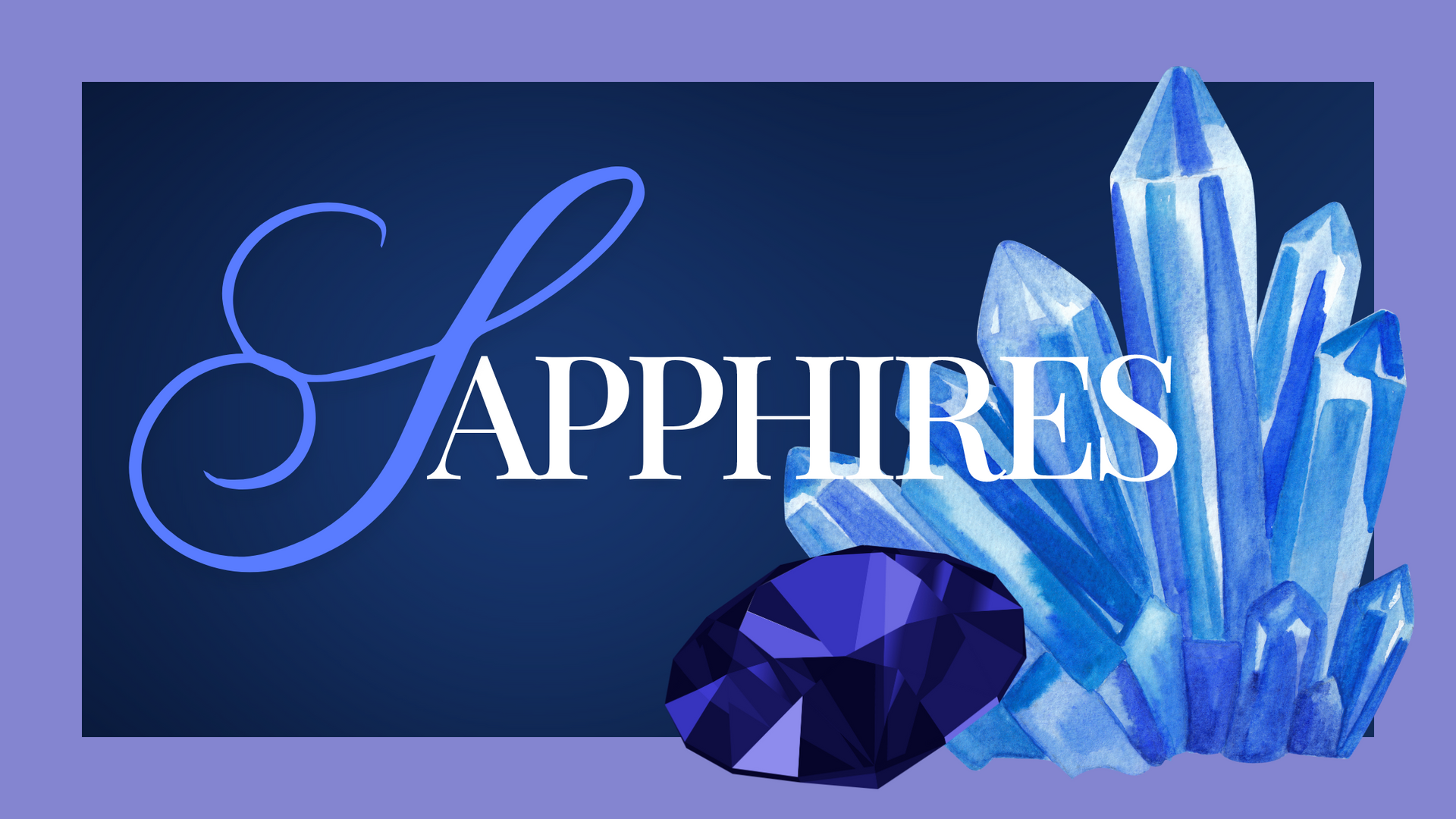Beginner's Guide to Amethyst

The
Basics:
Mineral: Quartz
Chemical Formula: SiO₂
Color: Purple tones, pink, and green
Mohs Scale Hardness: 7
A stone that can range from the lightest of lilacs to the deepest of violets, amethyst has captured hearts for centuries, and is the lucky birthstone of February as well as the gemstone for 6th and 17th wedding anniversaries.
Early Greek legends associated amethyst with Dionysus, the god of wine and pleasure (also known as Bacchus by the Romans) - as such, legends reflected the belief that wearing amethyst kept the wearer clear-headed and quick-witted, and that the stone helped prevent drunkenness. We can't attest to THAT, but appreciate the sentiment.
If you're looking for a larger gem, amethyst may be your friend - this stone can be found in relatively large sizes with immense clarity. Did you know that the GIA Museum displayed an amethyst crystal that weighs 164 pounds?

Prior to the 19th century, amethyst was considered just as rare and valuable as ruby, but after the discovery of amethyst in Brazilian mines, it's prices have become much more affordable. That said, it's usually the most expensive of the quartz gems.
On a slightly different note, did you know that you can purchase "green amethyst?" Also known as prasiolite or green quartz, this rarely naturally-occurring gemstone presents the clarity of more traditional amethyst, but in a bright sage-green color. It's the product of iron and nickel in quartz, and can be really lovely in the right settings if purples aren't your cup of tea!
We love this beautiful gem, and it's combination of affordability, beloved purple tones, and durability make it a great choice for the wearer. And as always, let us know if you're searching for a unique amethyst piece, we're always happy to help build one for you!












